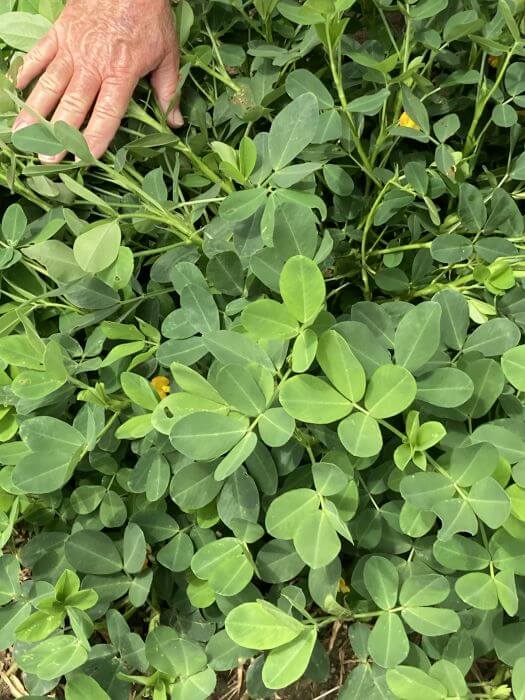
Growers gear up for planting and hope for fewer hurricanes in 2021.
As the 2020 crop fades into the books, growers are preparing for what’s next. For peanuts, that means looking forward with an eye on the past.
“We put our peanut planter in the shop the second week of February and started our regular pre-plant cleaning and maintenance program — lube, chains, plates, etc. — to get ready for planting,” says Hugh Dollar, partner and manager of Dollar Family Farms in Bainbridge, Georgia. “We start corn in late February so I can pick after July 4. That’s early, but I like to try to take advantage of the basis.
“We anticipate planting peanuts around April 5. Of course, that depends on soil temperatures. I won’t put any cotton seed in the ground before May 10 to help dodge storms.”
Last year, growers lost track of hurricane names. Dollar is hoping the region will catch a break in 2021.
“Obviously, you can’t do anything about the weather, but we’re cautiously encouraged by commodity prices. If they keep inching up, I think this could be a break-out year for a lot of growers. Everyone needs it. In general, growers in this area haven’t had a good year since about 2016.”
Aside from weather and price, pest management is the next variable in the mix. “We can’t completely control pest pressure, but we can manage it to a certain extent.”
Southwest Georgia is noted for sandy soils that harbor nematodes. “We have root-knot, sting, lesion and others,” Dollar says. “Root-knot is our primary problem due to our sandier soils in a lot of places. No matter what you do, they’re always there.”
Wide Range Of Soil Types
Even though a substantial portion of the ground at Dollar Farms consists of sandier soil types, it’s not consistent.
“We have a range of soil types including sand, clay, heavy organic, you name it. We grow peanuts on all those soil types.”
Dollar uses rotation to help curb nematode populations, but it’s not a complete solution. “You might suppress one species for a season, but it will bounce back with another crop. We also include corn in that rotation, and in recent years, we’ve included bahiagrass.”
Nematicides are a critical input regardless of rotation. In years past, the Dollars used Telone for nematode control.
“It’s just not economically feasible anymore,” Dollar says. “Not only that, it’s a headache to deal with. You can run your employees ragged trying to manage it. When aldicarb came back on the market, we jumped at the chance to switch to back to it.”
Dollar uses AgLogic aldicarb on both his peanuts and cotton. He applies 7 pounds per acre on peanuts and 3 pounds per acre on cotton.
“In both crops, it helps us immensely with nematode control as well as thrips control,” he says. “In terms of nematodes, it picks up a wide range of species, so it’s useful on all of our soil types.”
AgLogic produces an earlier, healthier peanut plant with a strong root system that is more robust.
The Thrips Bonus
While there are inexpensive options available to control thrips, the use of AgLogic aldicarb to control nematodes also picks up that pest, largely negating the need to use foliar applications.
“I would say nematodes are our most worrisome pest, but you have to keep an eye on thrips. They can be destructive, even well into the season. With AgLogic under the crop, we don’t have to worry about it very much. And it’s always a plus if you can keep from running a spray rig through the field.”
The Earliness Factor
Whether it’s peanuts or cotton, Dollar says compacting the growing season is a key advantage in southeast Georgia.
“The faster you can get a crop out of the field, the better. AgLogic helps us do that. It produces an earlier, healthier plant with a strong root system that is more robust.
“All of those factors help fight off nematodes and thrips and helps get that plant to the finish line a lot faster than what we typically see with other options,” he says.
With one eye on the weather, another eye on the markets and perhaps a theoretical third eye on past lessons learned, Dollar is optimistic about the upcoming season.